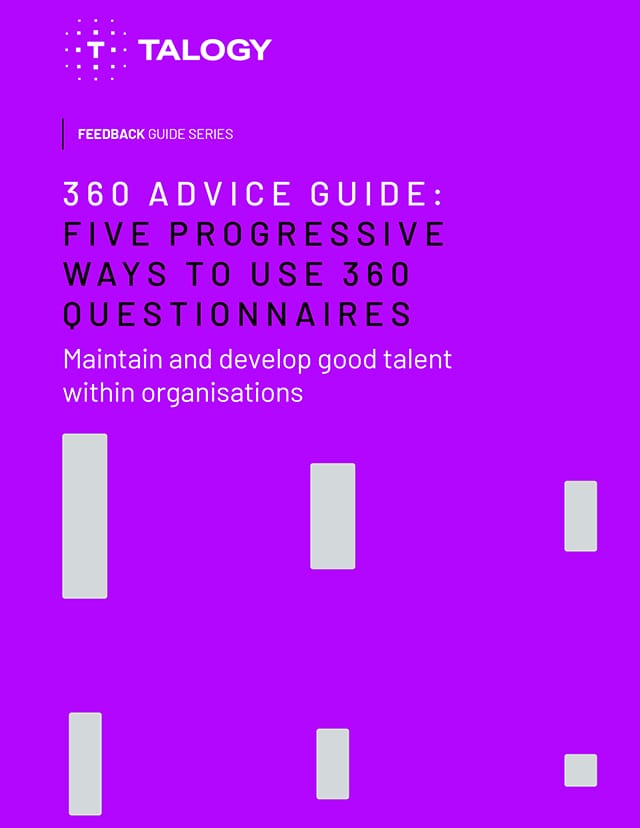Written by Drew Brock, Ph.D.
Previously published by PSI Talent Management or Cubiks, prior to becoming Talogy.
It’s award show season, which means it’s that time of the year when we seek out and recognize the best of the best. In the business world, we seek the best of the best to fill the executive roles that make or break organizational success. In the past decade, job complexity for executives has skyrocketed and with that comes enormous demands and pressures on the individuals occupying those high-level roles. In all industries, top talent demands the investment of huge amounts of capital for their employment. And yet, the investment in high-level executive leadership solutions tools for identifying high performing, high potential executives has not kept pace. There remains today a large number of organizations who have not yet committed to a high-value, scientific process for selecting executives that are winners. In keeping with the spirit of this time of year then, here are five categories you should consider when you select an Executive Assessment process.
Best Assessor in a Supporting Role
The professionals that actually conduct assessments of your executives are absolutely critical to the process. Effective assessors support you by bringing their talents and knowledge in interviewing, personality dynamics and communication to bear on identifying talent. You should seek out senior-level professionals who can quickly establish rapport with candidates and gain insight into their motivations, strengths and shortcomings. Talented assessors integrate your organizational competencies with the cognitive abilities and interpersonal style of the candidate, and communicate that to you in a way that helps you to identify which individuals are right for your organization.
Best Original Assessment Report
The vehicle for communicating about an assessment candidate is also very important. Assessors integrate all of the information gathered in the assessment process, taking into account your organization’s culture and the key competencies for the particular position. The product of that should be a comprehensive report that delivers insightful narrative information, overall competency-based recommendations, follow-up interview suggestions and, additionally, verbal feedback from the assessor to the hiring manager. Vetting the report process carefully can save on disappointments later so you should insist on reviewing multiple sample reports. If those reports make general statements (like they derive from machine output) or have the feel of a horoscope (as if they can make magic predictions about behavior), you should look elsewhere. Effective executive assessment reports tell a story about who the person is and how they fit in your organization.
Best Use of Multiple Methods in an Assessment
Social scientists have long known that, if they use the same approach to measure everyone, they can fall victim to “common method bias” – they get similar answers just because they used the same method. Effective executive assessments use a combination of methods, most commonly self-report personality batteries, personal structured interviews and objective ability tests. Within that, the effective executive assessment uses multiple approaches for examining traits and characteristics so that evidence for a person’s competency is not based solely on one type of personality assessment. This multi-trait, multi-method approach to assessment provides the best way to collect psychological information in a relatively bias free manner. Make sure this approach is used when selecting your executive assessment.
Technical Award for Process Validation
Although not as exciting as the other awards, and frequently not even presented on awards night, the scientific validation of the executive assessment process is also critical. Identify what the process should be valid for in your organization – selection/hiring errors, promotion/retention, succession planning, leadership development – and target a process that will address those needs. Insist on evidence from validation studies that show how executive assessment leads to the effective hiring and retention of quality talent. If your goals are more developmental, request validation studies with measurable outcomes that show how the executive assessment process successfully categorized talent and how developmental recommendations improved personal and organizational outcomes.
Best Firm
The big award and the most important decision you will make in conducting executive assessment is selecting the best firm for you. Find a firm that provides a comprehensive evaluation of the whole person by assessing the key areas that can contribute to success in a position: cognitive ability/thinking style, leadership style, interpersonal style and work style. Avoid the trap of the “quick and easy, one size fits all” test. A thorough assessment process will require several hours for participants to complete. Further, seek firms that can conduct assessments remotely so that national and global candidates can be assessed alongside local ones. The best firms combine multiple scientifically validated measures with an in-depth interview using a senior assessor to probe for insights, evaluate work history, examine underlying motivations, and identify leadership style, strengths and development opportunities. That firm gets you the best executive assessment and the best value for you and your organization.
So let this awards season inspire you to take another look at picking your winners.


